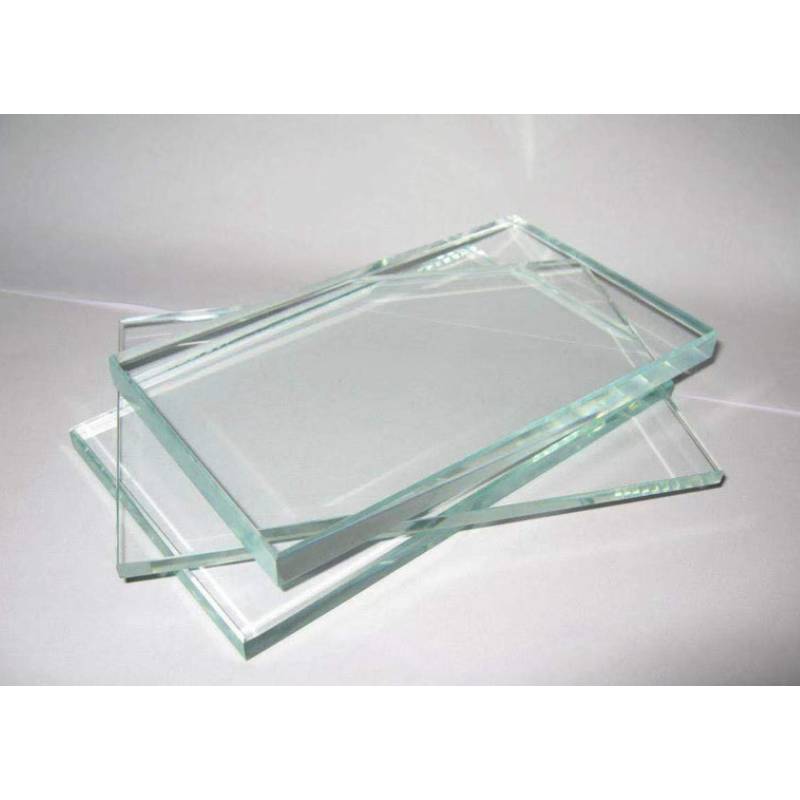The Process and Importance of Cutting Float Glass
Float glass is a type of glass that is manufactured using a unique process that ensures it possesses high quality and clarity. Widely used in a variety of applications ranging from windows to furniture and even in artistic endeavors, float glass undergoes several stages during production, one of which is cutting. This article will delve into the significance of cutting float glass, the methods involved, and the impact it has on various industries.
Understanding Float Glass
First, it's essential to understand what float glass is. It is produced by floating molten glass on top of molten tin, which allows for a uniform thickness and a smooth surface. The result is a flat glass that has exceptional optical clarity and minimal distortion, making it the preferred choice for many architectural and decorative applications. However, to be useful in practical scenarios, float glass must be cut to size, and this process requires precision and skill.
The Importance of Cutting Float Glass
Cutting is a critical step in the float glass production process, as it directly affects the quality and usability of the final product. Proper cutting ensures that edges are smooth and safe, which is particularly important in applications such as windows and displays. Glass that is improperly cut can lead to weak points that may cause breakage, posing safety hazards and leading to increased costs for manufacturers and consumers alike.
In addition to safety, the precision of the cut affects the aesthetic quality of the glass. For designers and architects, the visual appeal of glass plays a vital role in their projects. Flawlessly cut glass contributes to the overall elegance and professionalism of a structure or design, making the cutting process not just a functional step but also an artistic one.
Methods of Cutting Float Glass
cutting float glass
There are several methods employed to cut float glass, each tailored to specific applications and requirements. One of the most common techniques is using a glass cutter, a simple hand tool equipped with a small, hardened wheel. The operator scores a line on the glass surface, which weakens it along that path. The glass is then snapped along the scoreline, creating a clean break.
For larger sheets, automated cutting tables may be used. These machinery operate with high precision and efficiency, allowing for mass production without sacrificing quality. The tables can be programmed to cut complex shapes, making them ideal for customized projects. Additionally, waterjet cutting is becoming increasingly popular in the industry. This method uses a high-pressure stream of water mixed with abrasives to cut through glass, providing a level of detail and precision that other methods may not achieve.
Challenges in Cutting Float Glass
While cutting float glass seems straightforward, it comes with its own set of challenges. One of the primary difficulties is managing the internal stresses that glass develops during the manufacturing process. If these stresses are not properly accounted for during cutting, they can lead to cracks and chips, undermining the integrity of the glass.
Another challenge is ensuring that the cutting process minimizes waste. Float glass is often expensive to produce, so efficient cutting techniques that maximize the yield from each sheet are crucial for maintaining economic viability in the glass industry.
Conclusion
In conclusion, cutting float glass is an essential process that significantly influences its quality, usability, and aesthetic appeal. By employing various cutting techniques and overcoming inherent challenges, manufacturers can produce high-quality glass products that meet the needs of industries ranging from architecture to automotive. As technology advances, the methods of cutting glass are likely to evolve, leading to even greater precision and efficiency in the future. Ultimately, the art and science of cutting float glass combine to create a product that is not only functional but also enhances the beauty of our environments.
 Afrikaans
Afrikaans  Albanian
Albanian  Amharic
Amharic  Arabic
Arabic  Armenian
Armenian  Azerbaijani
Azerbaijani  Basque
Basque  Belarusian
Belarusian  Bengali
Bengali  Bosnian
Bosnian  Bulgarian
Bulgarian  Catalan
Catalan  Cebuano
Cebuano  Corsican
Corsican  Croatian
Croatian  Czech
Czech  Danish
Danish  Dutch
Dutch  English
English  Esperanto
Esperanto  Estonian
Estonian  Finnish
Finnish  French
French  Frisian
Frisian  Galician
Galician  Georgian
Georgian  German
German  Greek
Greek  Gujarati
Gujarati  Haitian Creole
Haitian Creole  hausa
hausa  hawaiian
hawaiian  Hebrew
Hebrew  Hindi
Hindi  Miao
Miao  Hungarian
Hungarian  Icelandic
Icelandic  igbo
igbo  Indonesian
Indonesian  irish
irish  Italian
Italian  Japanese
Japanese  Javanese
Javanese  Kannada
Kannada  kazakh
kazakh  Khmer
Khmer  Rwandese
Rwandese  Korean
Korean  Kurdish
Kurdish  Kyrgyz
Kyrgyz  Lao
Lao  Latin
Latin  Latvian
Latvian  Lithuanian
Lithuanian  Luxembourgish
Luxembourgish  Macedonian
Macedonian  Malgashi
Malgashi  Malay
Malay  Malayalam
Malayalam  Maltese
Maltese  Maori
Maori  Marathi
Marathi  Mongolian
Mongolian  Myanmar
Myanmar  Nepali
Nepali  Norwegian
Norwegian  Norwegian
Norwegian  Occitan
Occitan  Pashto
Pashto  Persian
Persian  Polish
Polish  Portuguese
Portuguese  Punjabi
Punjabi  Romanian
Romanian  Russian
Russian  Samoan
Samoan  Scottish Gaelic
Scottish Gaelic  Serbian
Serbian  Sesotho
Sesotho  Shona
Shona  Sindhi
Sindhi  Sinhala
Sinhala  Slovak
Slovak  Slovenian
Slovenian  Somali
Somali  Spanish
Spanish  Sundanese
Sundanese  Swahili
Swahili  Swedish
Swedish  Tagalog
Tagalog  Tajik
Tajik  Tamil
Tamil  Tatar
Tatar  Telugu
Telugu  Thai
Thai  Turkish
Turkish  Turkmen
Turkmen  Ukrainian
Ukrainian  Urdu
Urdu  Uighur
Uighur  Uzbek
Uzbek  Vietnamese
Vietnamese  Welsh
Welsh  Bantu
Bantu  Yiddish
Yiddish  Yoruba
Yoruba  Zulu
Zulu 

